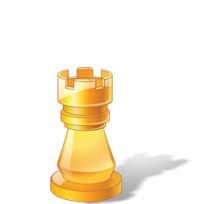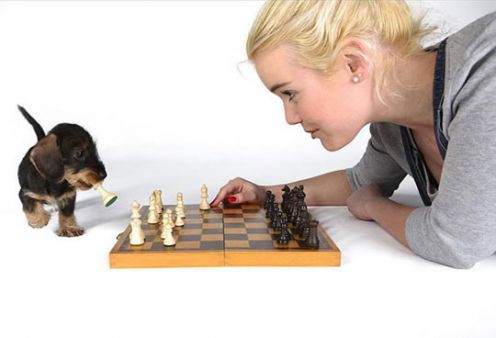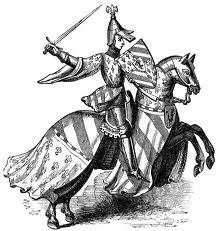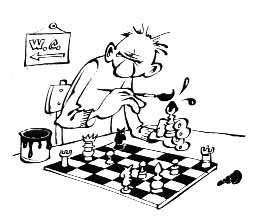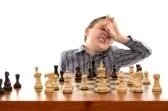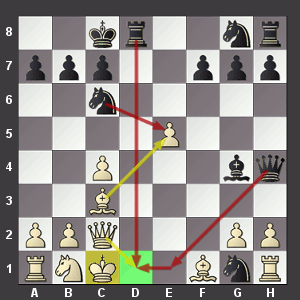Latest Posts - Page 135
An open file is a file that has no pawns on it. Either player can place a rook on an open file to control all of the squares on that file.
A half-open file is a file that has pawns of only one color on it. A player can place a rook on a half-open file to control all of the open squares on that file and attack the opponent’s pawn.
Annual money rankings are available for many reputable sports. For example, lists by Forbes (highest-earning tennis players; highest-paid NHL players, best-earning men in biathlon, etc.). Unfortunately, this is not the case with chess, where financial data is scarce, and secretly handing out fees in envelopes is still a widespread practice.
It is very important to understand different types of tactics in order to fully realize your chess potential. Previously we published articles on this topic, feel free to review Direct Tactics and Dynamic Tactics ideas before you jump into discovered tactics section.
Discovered tactics occur when you move a piece out of the way to uncover another piece. The piece in front blocks the piece behind it, and you move the piece in front out of the way.
In January 2013 Magnus Carlsen officially became the highest-rated chess player ever, beating the seemingly unsurpassable achievement of Garry Kasparov (2851). Magnus’ ELO reached a skyrocket height of 2861. However, after winning Tata Steel Chess Tournament Carlsen’s February FIDE rating is expected to be 2872, which is another record. Many people have announced a “countdown to 2900”, eagerly anticipating Magnus to hit that ethereal mark. So, how good are his chances?
An outpost square is a square that cannot be attacked by the opponent’s pawns. If you occupy an outpost square with one of your pieces, it is difficult for the opponent to force your piece off that square.
Since he cannot use a pawn to eject your piece, he must use another piece. Sometimes, there is no piece available to eject you from an outpost square. This makes an outpost square very powerful, especially if it is in the center of the board, or deep in the opponent’s territory, or near the opponent’s king.
1. A chess master died – after a few days, a friend of his heard a voice; it was him!
“What’s it like, where you are now,” he asked.
“What do you want to hear first, the good news or the bad news.”
“Tell me the good news first.”
“Well, it’s really heaven here. There are tournaments and blitz sessions going on all the time and Morphy, Alekhine, Lasker, Tal, Capablanca, Botvinnik, they’re all here, and you can play them.”
“Fantastic!” the friend said, “and what is the bad news?”
“You have Black against Capablanca on Saturday.”
Weak squares are squares that are not attacked or defended by pawns. While pieces are busy doing other things, pawns are left to control the squares around them. Since pawns attack and defend diagonally, they control squares that are the same color as their own square.
If most of your pawns are on dark squares, then you are strong on the dark squares and weak on the light squares. If most of your pawns are on light squares, then you are strong on the light squares and weak on the dark squares.
Dynamic tactics occur when an attack involves more than one of the opponent’s pieces. They are the most common tactics in chess. They happen all the time, if you know what to look for.
1) Fork
A fork tactic happens when one piece attacks two pieces at the same time. While the opponent is busy moving or saving one piece, you can capture the other piece. He cannot save both. When one of the forked pieces is the king, there is no choice about which piece to save. The king must get out of check. To find a fork tactic, look for one piece that can attack two pieces at the same time. Every piece can do a fork, even the king, but it happens most often with a queen, a knight or a pawn.
Direct tactics occur when an attack involves only one of the opponent’s pieces.
They are the easiest tactics to learn and use.
1) Single Threat
A single threat happens when one piece attacks one of the opponent’s pieces, or gives check, or makes a threat. It may be a checkmate threat or a threat to use another tactic. It is usually easy to defend against a single threat, but not always. The opponent may not see it, but you cannot count on that. A single threat is best when the opponent has no good way to defend.

